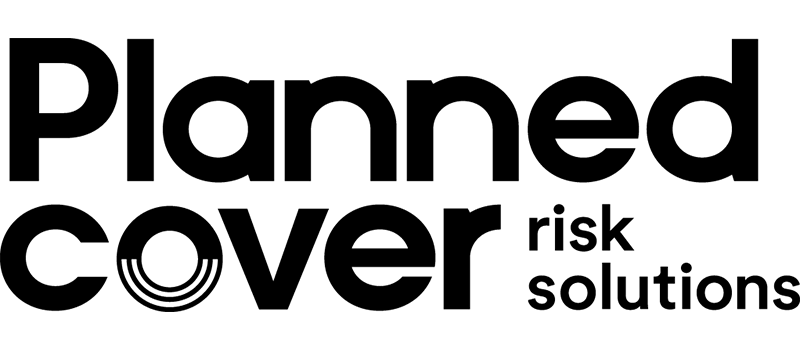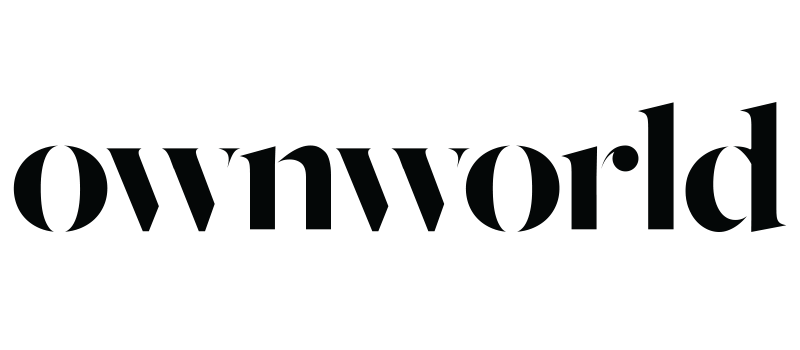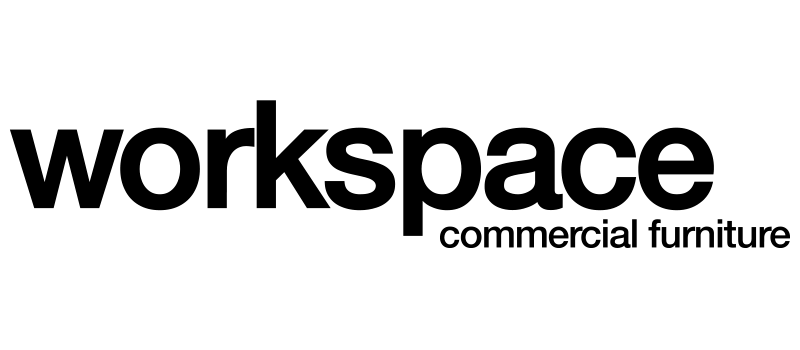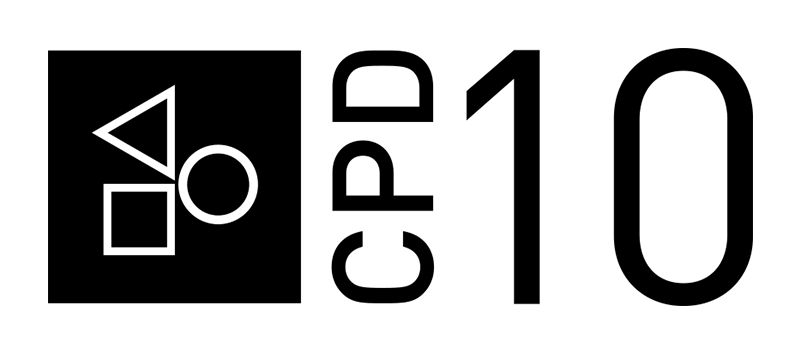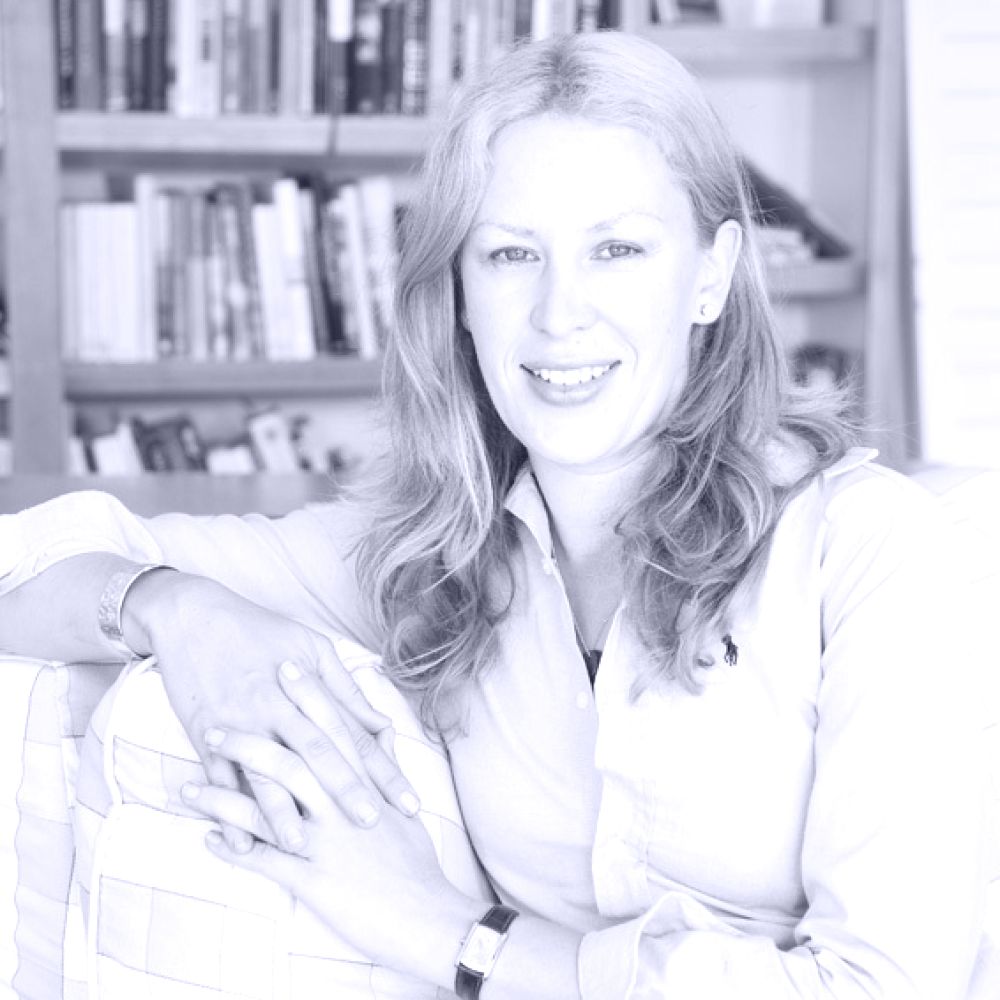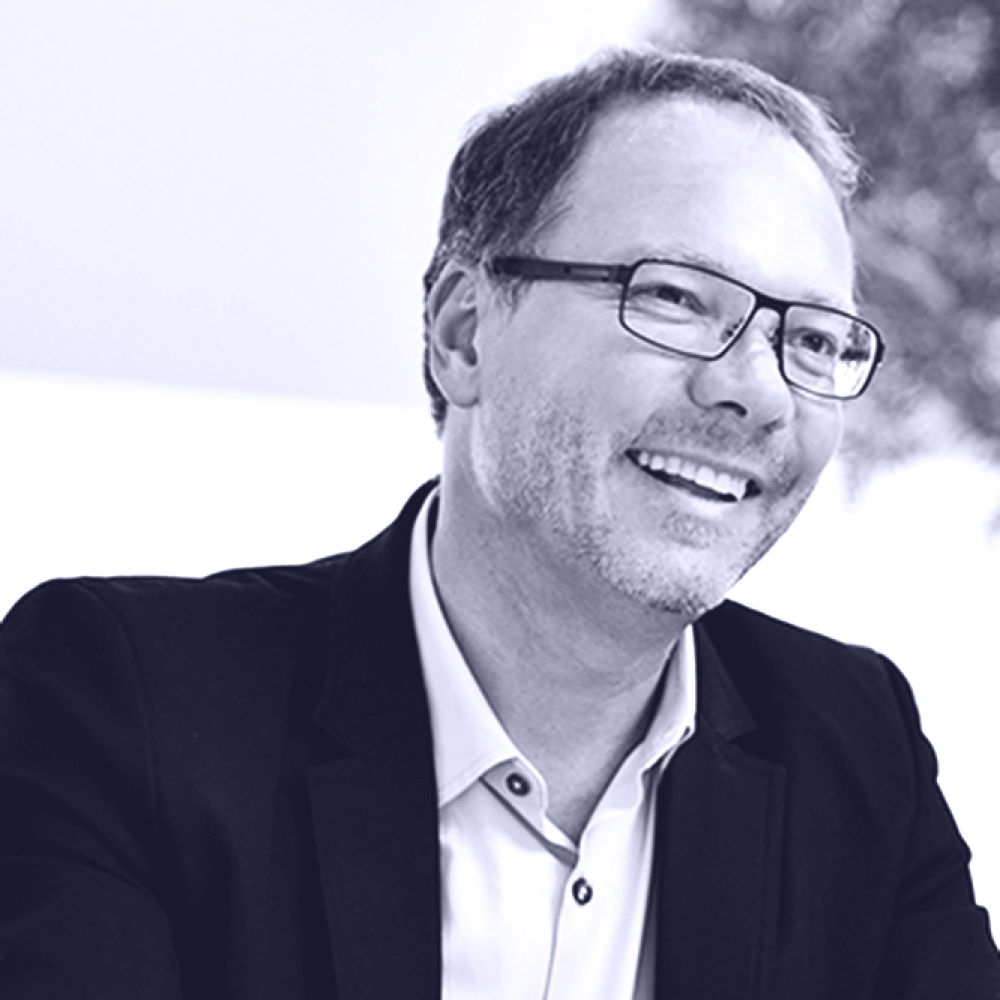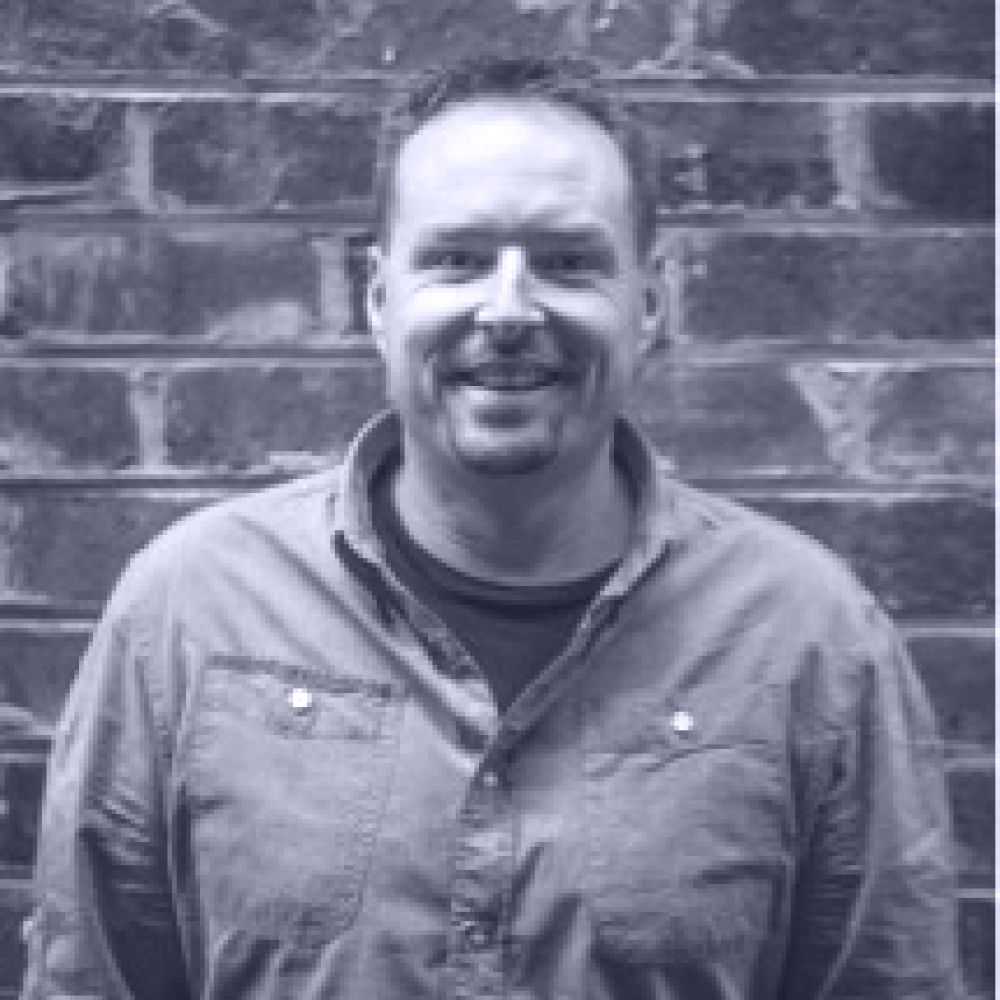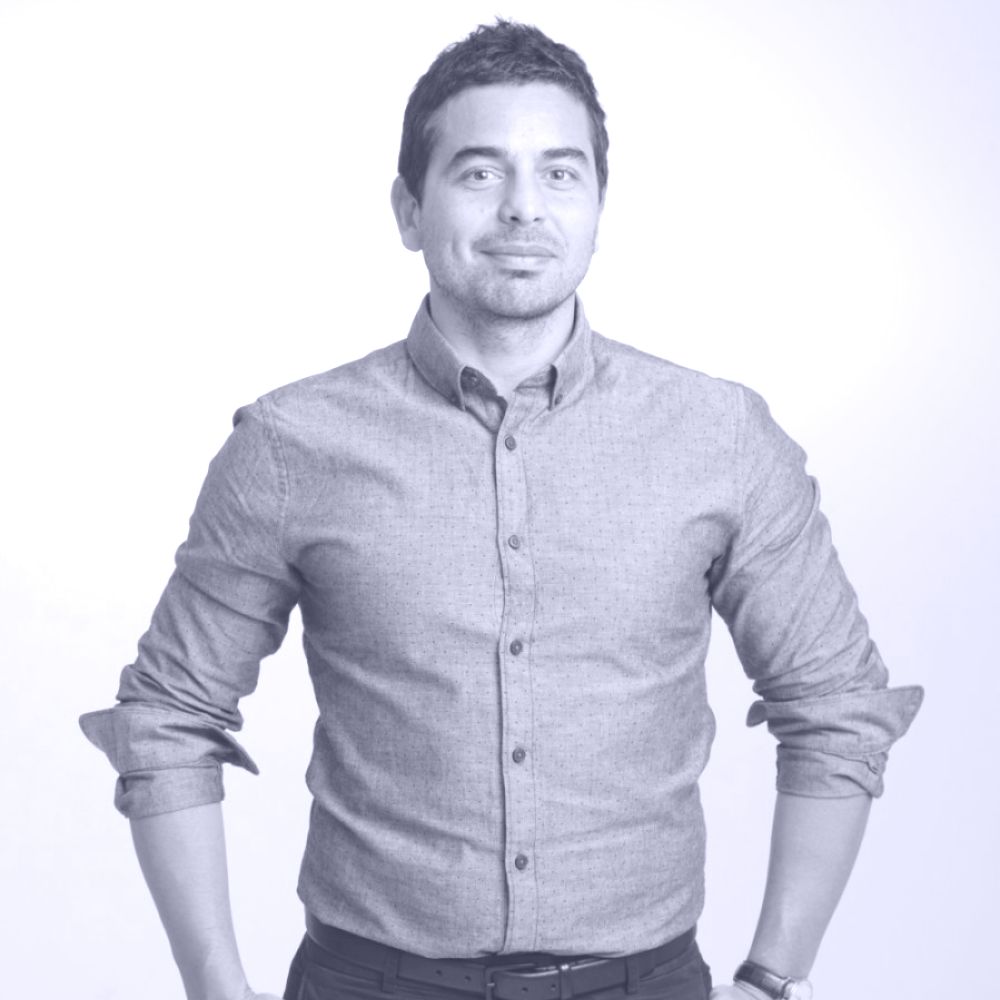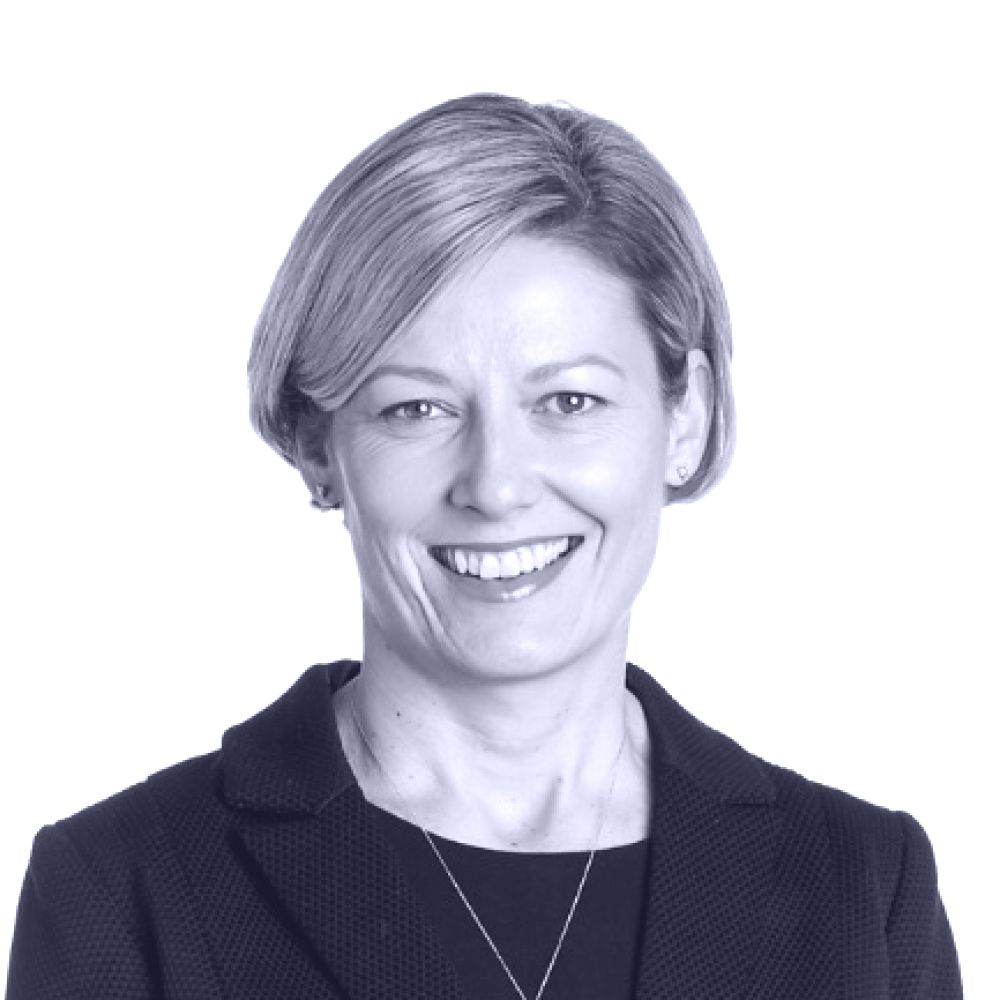Details.
When
Wednesday 29 August 2018
9.00am – 5.00pm
Where
Clemenger BBDO Auditorium
NGV International
Melbourne VIC
— Google Maps
Tickets
Ticket sales for this event are closed.
Program Info
The annual Work Place / Work Life forum brings together leading practitioners from Australia and abroad. In 2018 they will gather at the NGV in Melbourne to discuss the issues shaping workplace design, share their experiences and speculate on possible futures. The keynote sessions and case studies will be followed by a moderated panel discussion in which panel members will draw the audience into the conversation. Part of the 2018 Victorian Design Program.
Partners
Design Speaks Conferences 2018Presenting Partner
Work Place / Work LifeMajor Partners
Supporting Partners
Earn CPD Points
Contacts
Nicole Greenwell
Sponsorship and Events Header Image Sony Music Amsterdam HQ by Space Encounters. Photography: Peter TijhuisProgram.
- 8.45 am Attendee arrival
- 9.00 am Welcome from Cassie Hansen, editor, Artichoke
-
9.15 am
Keynote address
Christhina Candido, Senior lecturer, School of Architecture, Design and Planning, The University of Sydney (Sydney) -
10.00 am
Keynote address
Marta Pozo, Director, MVRDV (China) - 10.45 am Morning tea
-
11.15 am
Case study
Rebecca Yeates, senior manager, Grant Thornton Australia (Melbourne) -
11.35 pm
Case study
Arturo Arrarte, Head of Growth – Asia Pacific region, Slack (Melbourne) -
11.55 am
Roundtable
Chair: Libby Sander, Assistant Professor of Organizational Behaviour, Bond University; James Calder, Principal, Calder Consultants; Brent Harman, Founder, ThinkMESH. - 12.35 pm Q&A
- 12.45 pm Lunch break
-
1.45 pm
Keynote address
Emma Birchall, Head of Insight and Forecasting, Hot Spots Movement (UK) -
2.30 pm
Keynote address
Stijn de Weerd, founding partner, Space Encounters (Amsterdam) -
3.15 pm
Panel discussion
Chair: Libby Sander, Assistant Professor of Organizational Behaviour, Bond University; Christhina Candido; Marta Pozo; Emma Birchall; Stijn de Weerd; with questions from the audience - 3.45 pm Closing comments from Cassie Hansen, editor, Artichoke
- 4.00 pm Closing drinks
- 5.00 pm Event closes
Keynote Addresses.
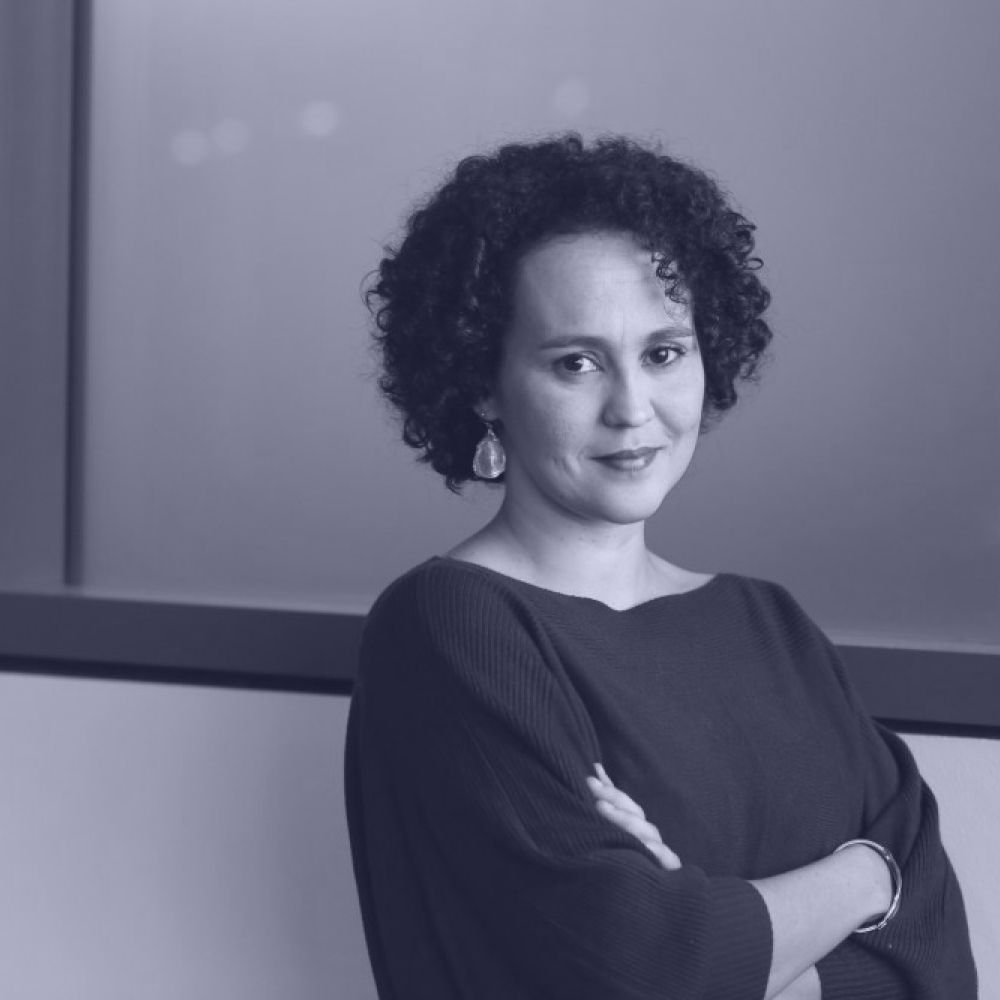
Transforming the workspace
Presented by
Christhina Candido, Senior lecturer, The University of Sydney
I lead multidisciplinary investigations focused at contemporary open-plan offices, and activity-based working (ABW) in particular, aimed at bridging the gap between workspace design, occupants’ satisfaction, productivity and health. Findings are targeted at identifying high-performance workspaces and provide the evidence needed for the design of sustainable and healthy environments. By shifting attention to design features that actually perform well from workers’ perspectives, my research aims to provide the empirical basis needed to transform the way workspaces are designed now and in the future.
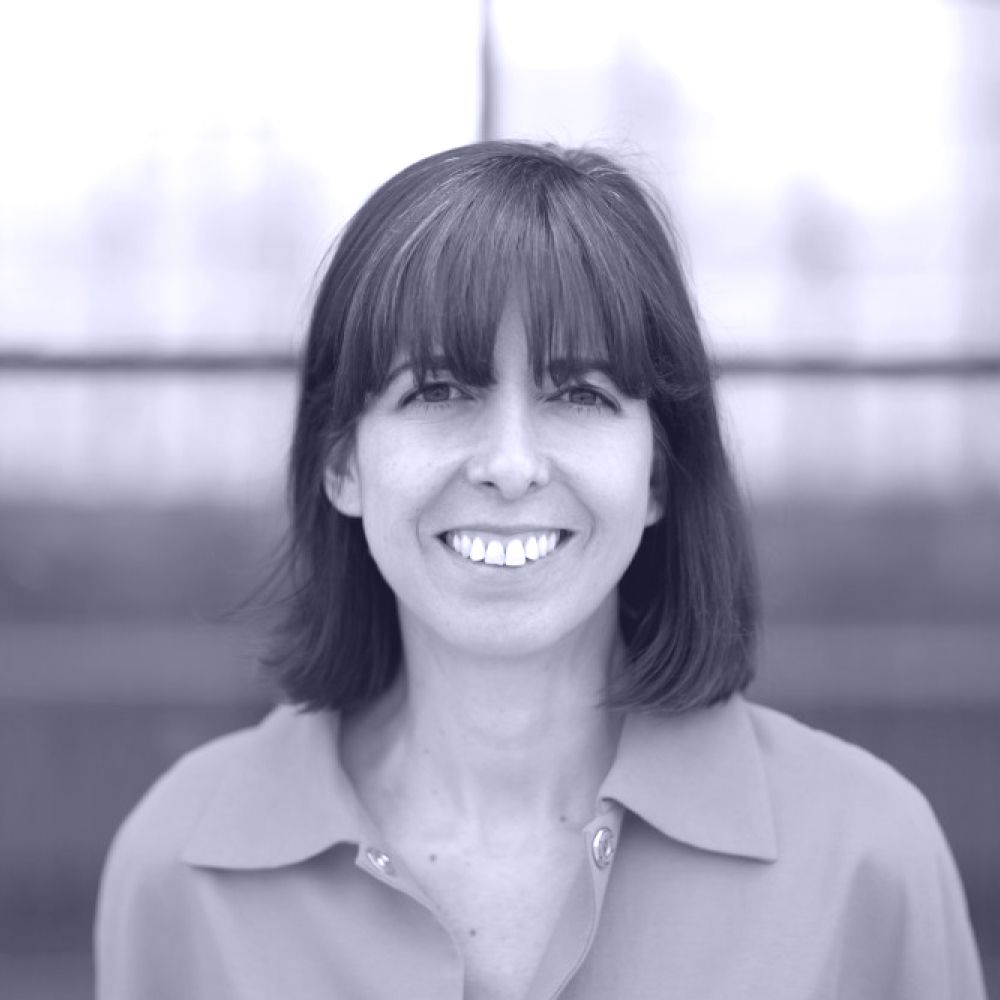
Linking the individual with the collective
Presented by
Marta Pozo, Director, MVRDV
Technology, millennials and sharing economies have triggered a seismic shift in the way we understand work. Once upon a time, we talked about the layout of spaces, about sustainability, about company branding or productivity and we called it an office building. Now, it is about the collision of people, wellbeing, about creating experience, performance, and we call this business clubs, creative hubs or simply hives. Nevertheless, these tendencies are not new.
The concept of offices as we know it began to blow up years ago, but still, offices dominate the contemporary city with CBDs symbolizing power, while the workplace can be anywhere in the city, from home to cafes, and it can happen at any time. Is the best workspace a tech palace, a cosy and informal rooftop, or is it an app? When work doesn’t feel like work, what type of physical space might it generate?
For decades MVRDV has explored the dynamics of work environments and has been fascinated by how these transformations influence everyday life and our cities. This lecture will explore how workspaces can link the individual with the collective, work with leisure, constraints with flexibility, technology with nature, and above all, how they can be a source of inspiration and empowerment.
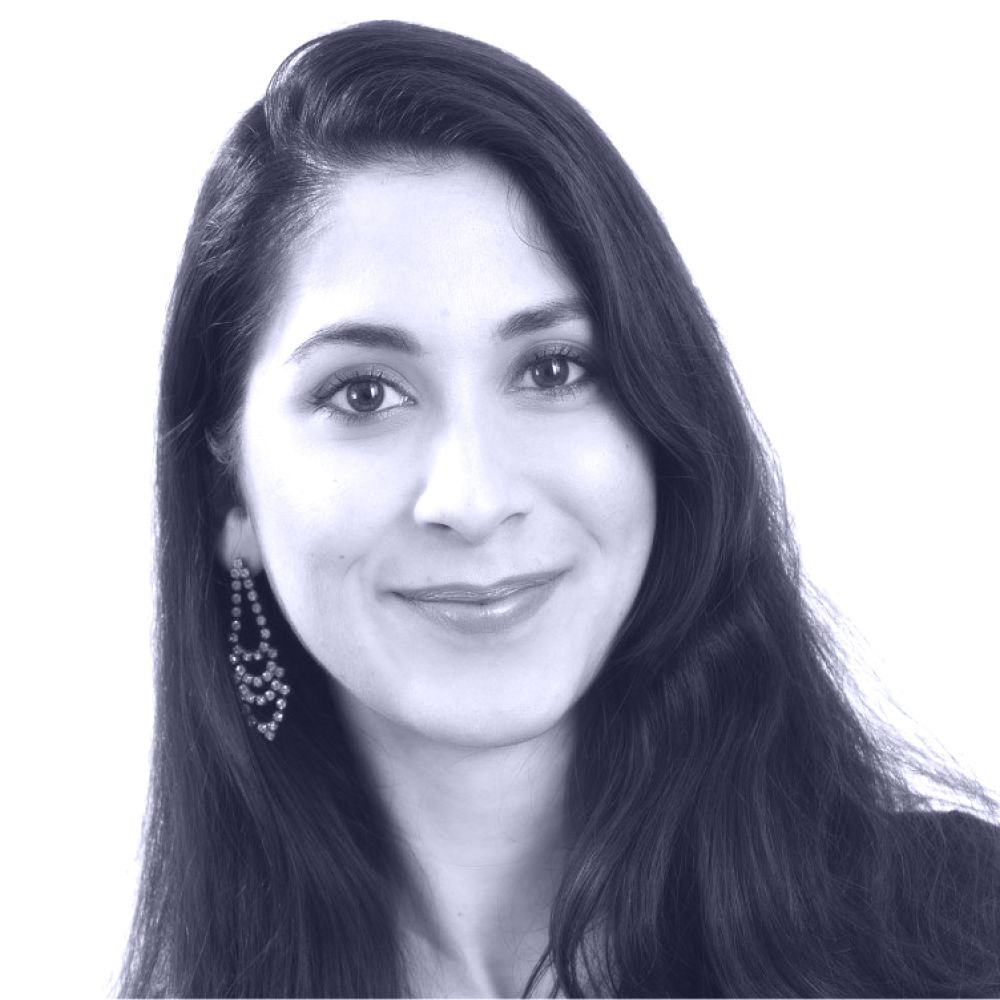
The future of high performance
Presented by
Emma Birchall, Head of Insight and Forecasting, Hot Spots Movement
What will high performance look like for tomorrow's workforce? We will start by considering what work itself will look like and what organizations will therefore need from future talent. We will explore how technological disruption is changing how we create value in organizations, such that the skills and capabilities we need in the next five to ten years will be dramatically different to those that have underpinned our success so far. With this in mind, we will explore how social and demographic trends are changing what life looks like for future talent, including a departure from traditional family structures, a new context with longer working lives, and – as a result – a new relationship with employers. We will conclude with reflection on what it will take to attract, engage and build an alliance with key talent, creating the right culture and environment to unleash individual and organisational high performance.
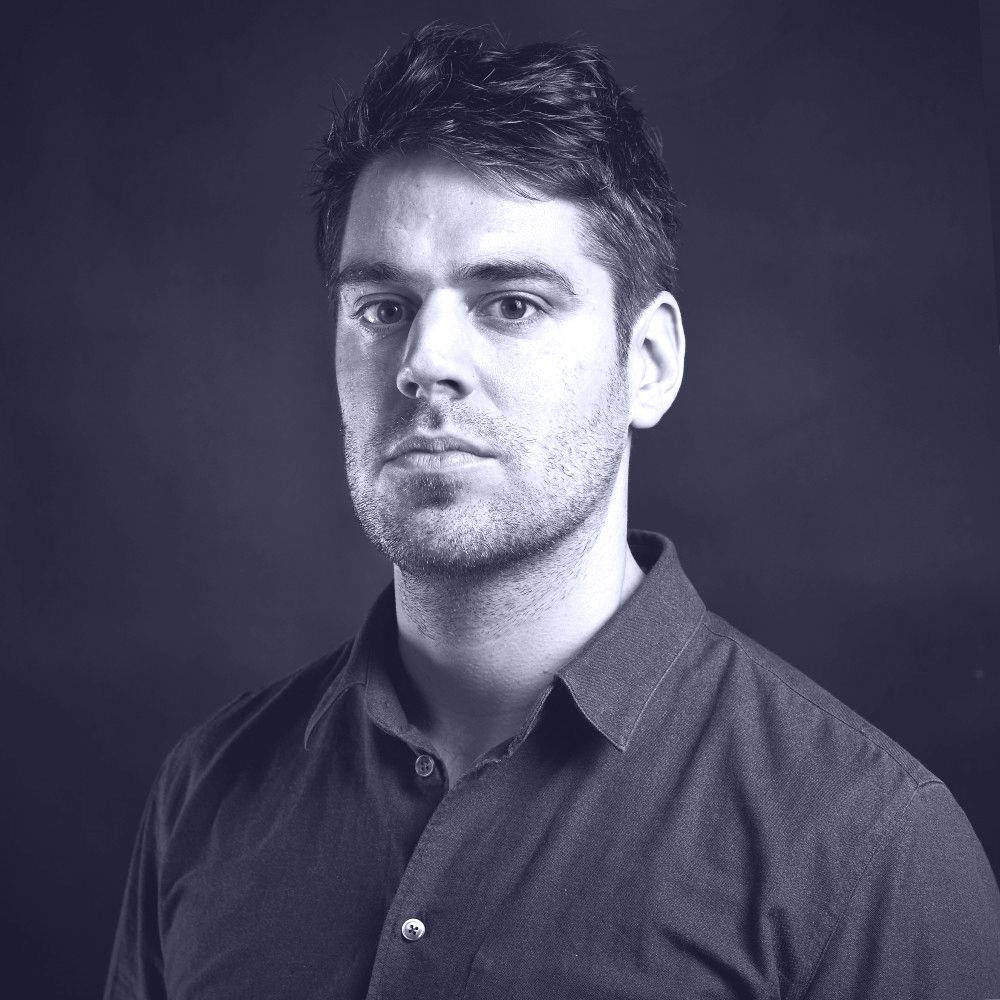
Experiments in freedom
Presented by
Stijn de Weerd, Co-founder, Space Encounters
Ever since 1930, when John Maynard Keynes predicted the fifteen-hour work week, there have been promises regarding the future of work. We were going to work more efficiently, with more flexibility and at a time and place of our choosing. And indeed: thanks to the digital revolution the office doesn't hold the monopoly for working anymore. But old habits die hard. Companies don't realize that the traditional office has competition now, and that they won't win anyone over with grid ceilings and carpet tiles. It will take some time before everybody understands that we won't go back to the old ways. How can we cash in on these promises of freedom and make sure this momentum isn't going to waste? By means of our work we try to answer these questions. Every new design is an opportunity to experiment.
Panellists.
Roundtable
Presented by
Libby Sander, Assistant Professor of Organizational Behaviour, Bond University
Case Studies.
Slack
Presented by
Arturo Arrarte, Head of Growth – Asia Pacific region, Slack
We have a “work hard and go home” policy at Slack — we expect people to show up and give all their attention and focus to the job at hand. The reward for a productive, focused day of work is to leave the office at a normal time and do whatever else it is you do with your life, whether it be family, hobbies, classes, spending time with friends.
The design of the Slack offices (San Francisco, Vancouver, London, Dublin, New York City, Toronto, Tokyo and Melbourne) is integral to this work culture, with each space tailored to suit its team and environment.
The design of the Melbourne office for example extends beyond the physical environment and links back to a workplace ‘philosophy’ matching Slack’s company values of empathy, courtesy, craftsmanship, playfulness and solidarity. It’s been designed to suit multiple personality types and different working styles, and encourages a ‘work hard, go home’ mentality – something we think is unique in the tech world. It’s not your typical Silicon Valley tech startup office design. We don’t have ping pong tables or play rooms.
Slack as a product is designed to make working life more simple, pleasant and productive, and so too is our physical office. For example, we have phone booths for people to take calls and quiet nooks for periodic retreat. This makes our space more suited to both introverts and extroverts, and promotes a calm environment.
Grant Thornton
Presented by
Rebecca Yeates, Program Manager – Business Transformation Office of COO, Grant Thornton
At the heart of Grant Thornton’s 2020 strategy is demonstrating value to our clients. To do that well as a professional services firm we need to be collaborative and agile, to bring the best of what we have to each and every client. What we have found is that if we expect our people to be agile, we need to give them all the tools, technology and workspace to do so. Agile minds need agile workspace.
Our journey to adopting an agile environment has challenged our beliefs and thinking, yet also broken down silos within our firm, connected our people together better and enabled us to be more agile and responsive to work collaboratively to deliver the right solutions to our clients. Our people are also an integral part of our strategy. Our Agile environment was supported by market-leading Flex Appeal strategy to empower our people to work when, where and how they choose, maximizing flexibility and minimizing constraints.
This case study is focused on Grant Thornton’s journey to our new Agile environment, where we’ve come from, and where we’re heading.


